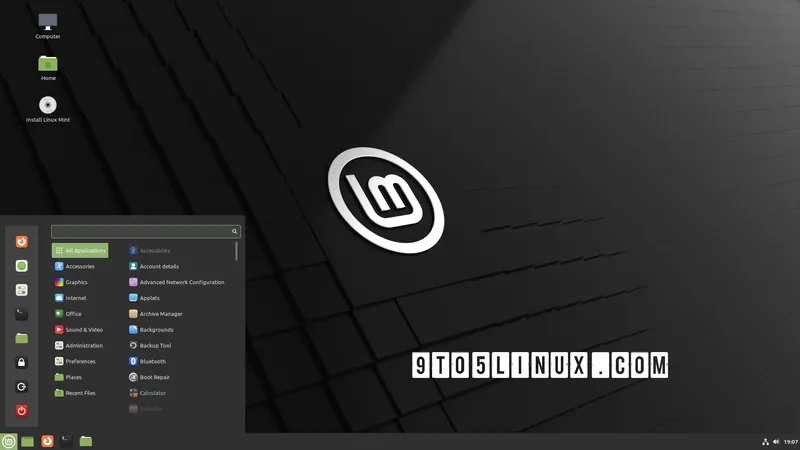
Microsoft Offers $30 Lifeline to Windows 10 Users as Deadline Approaches
2024-10-31
Author: Li
Introduction
Microsoft is extending a lifeline to Windows 10 users by providing an opportunity to purchase an extra year of security updates for just $30, as the operating system is set to reach its end-of-life in October 2025. This move comes as the tech giant encourages users to transition to Windows 11, which has seen lukewarm adoption. Last month, Windows 10 maintained a commanding 62.75% share of the market, compared to Windows 11's 33.42%.
Extended Security Updates (ESUs)
This unprecedented offer of Extended Security Updates (ESUs) is a notable shift, as these updates were previously reserved for businesses, educational institutions, and government users. Yusuf Mehdi, Microsoft's consumer chief marketing officer, announced, “For the first time ever, we’re introducing an ESU program for personal use as well. The ESU program for consumers will be a one-year option available for $30.”
Advantages of the Offer
This option is particularly advantageous for those who are hesitating to upgrade or those whose hardware may not meet the demands of Windows 11. Meanwhile, enterprise users are faced with a steeper cost—$61 per device for the first year, which increases to $122 in the second year and $244 in the third. Interestingly, educational institutions benefit from a considerably lower cost structure, starting at merely $1 per license.
Impact on Microsoft's Transition to Windows 11
As the clock ticks down to the end of support, experts suggest this could be one of the most significant transitions in Microsoft's history. However, Windows 11's adoption is hindered by its stringent hardware requirements, leaving many users stuck on the older version. This has raised concerns among industry analysts, with some suggesting that the transition to Windows 11 is not compelling enough, especially with features like Copilot and AI being seen as insufficient incentives for hardware upgrades.
Competitive Landscape
Moreover, if Microsoft fails to attract users towards Windows 11, it could inadvertently push them towards alternatives, including Apple's macOS, which is gaining traction in the U.S. market, driven by the rising popularity of the iPhone. Not to be overlooked, the prospect of a Linux desktop breakthrough in 2025 is also a possibility as users search for viable non-Windows solutions.
Conclusion
As Microsoft attempts to navigate this tricky landscape, users are left with a pressing decision: stick with Windows 10 for another year with this affordable ESU, or take the plunge into the newer, yet demanding, world of Windows 11. The clock is ticking—will you upgrade or hold on to your trusty Windows 10?



 Brasil (PT)
Brasil (PT)
 Canada (EN)
Canada (EN)
 Chile (ES)
Chile (ES)
 España (ES)
España (ES)
 France (FR)
France (FR)
 Hong Kong (EN)
Hong Kong (EN)
 Italia (IT)
Italia (IT)
 日本 (JA)
日本 (JA)
 Magyarország (HU)
Magyarország (HU)
 Norge (NO)
Norge (NO)
 Polska (PL)
Polska (PL)
 Schweiz (DE)
Schweiz (DE)
 Singapore (EN)
Singapore (EN)
 Sverige (SV)
Sverige (SV)
 Suomi (FI)
Suomi (FI)
 Türkiye (TR)
Türkiye (TR)